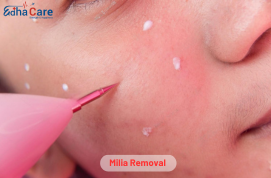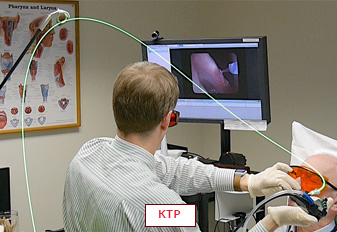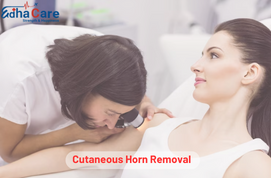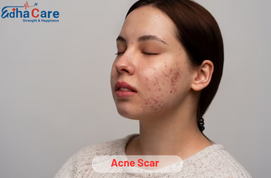Milia Removal

Milia are tiny, benign cysts that frequently develop on the surface of the skin, especially on the skin of the face. Milia removal entails their extraction or treatment. These microscopic white or yellowish lumps are produced by trapped dead cells of the skin close to the skin's surface. Although milia normally go away on their own, they can be unattractive from an aesthetic perspective. The goals of methods for elimination are to get rid of milia while making the skin look better. Chemical peels with exfoliating agents, laser treatment to target and destroy milia, manual removal by a doctor of dermatology or esthetician using a sterilized needle or comedone extractor, and topical retinoid creams to speed up the turnover of skin cells are common methods of removing milia. It's essential to consult with a skincare professional for proper diagnosis and treatment recommendation tailored to individual needs.
Book an AppointmentAbout Milia Removal
Symptoms: Milia are little, usually facial, white or yellowish pimples on the surface of the skin. Frequently misdiagnosed as white heads or acne, they lacked the opening characteristic of a pimple. Although mila are usually painless and secure, they could trigger cosmetic irritation.
Causes: Milia is brought about by trapped dead cells of the skin that form small cysts close to the skin's surface. Although the precise origin of milia production is not always known, a number of variables, including UV damage, skin trauma, and the use of aggressive beauty products, may encourage the development of milia.
Remedies:Milia normally go away on their own for a period of time but if removal is required, typical treatments include topical retinoid creams to speed up the turnover of skin cells, laser treatment, chemical treatments containing exfoliating agents, or manual extraction by a physician or esthetician. A skincare expert's advice is crucial for determining the right diagnosis and recommended procedure for treatment.
Procedure of Milia Removal
Consultation: The patient consults with a dermatologist or skincare professional to assess the milia and discuss treatment options.
Preparation: Before the procedure, the skin is cleansed thoroughly to remove any dirt, oil, or makeup. Anesthetic cream may be applied to numb the area if necessary.
Extraction: The milia are manually extracted using a sterile needle or comedone extractor. The dermatologist or esthetician carefully pierces the skin's surface to release the trapped keratin, gently pushing out the milia.
Post-Extraction Care: After extraction, the area is cleansed again to remove any debris. An antiseptic solution may be applied to prevent infection.
Follow-Up Instructions: The patient receives instructions on post-procedure care, including keeping the area clean and avoiding harsh skincare products.
Healing Process: The skin may appear red or slightly swollen immediately after the procedure, but this usually resolves within a few hours to days.
Follow-Up Appointment: A follow-up appointment may be scheduled to monitor the healing process and determine if further treatment is necessary.
Require Assistance?
Get A Quick Callback From Our Healthcare Experts






